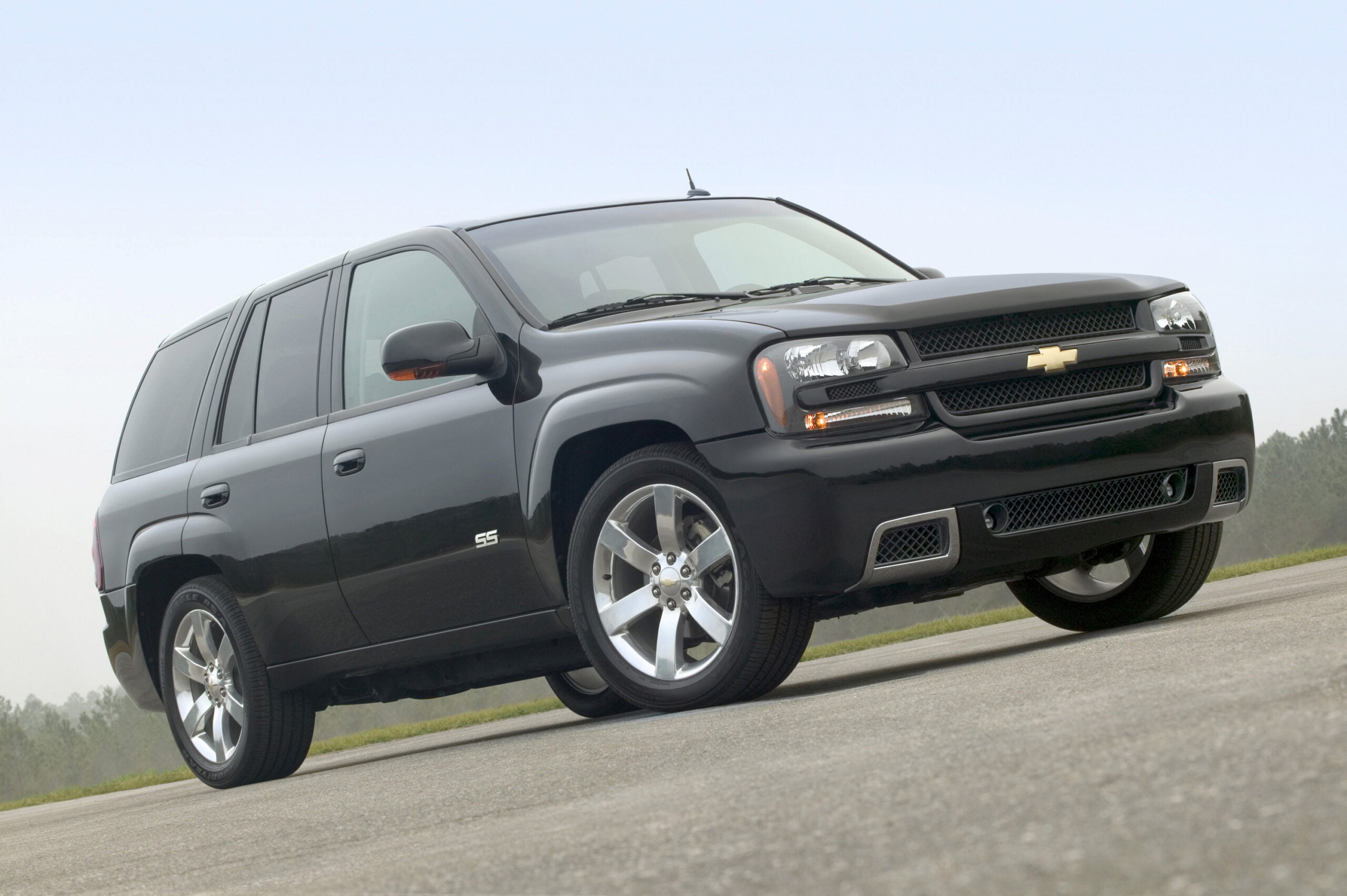Why Is My SUV's Oil Gauge Acting Up?

Diagnosing Oil Gauge Issues in a 2006 Chevrolet Trailblazer
If you're experiencing an issue with the oil gauge needle on your 2006 Chevrolet Trailblazer, where it reads high when the car is hot, there are several potential causes to consider. One common culprit is a faulty oil pressure sensor. This component measures the pressure of the engine oil and sends that information to the dashboard gauge. If the sensor is malfunctioning, it could give false readings.
Another possibility is a faulty oil filter. While rare, some spin-on oil filters have been known to cause unusual pressure readings. It’s important to note that even if the oil leak was previously fixed and the filter was replaced, the issue might still be related to the sensor or other components within the system.
To accurately determine the problem, it's advisable to use a mechanical oil pressure gauge. This tool provides a more reliable reading of the actual oil pressure, helping to distinguish between a sensor issue and a true pressure problem. If the mechanical gauge shows normal pressure, then the sensor is likely at fault. However, if the pressure is indeed high, further investigation into the engine's internal components may be necessary.
Maintaining your vehicle is a wise choice, especially if it has served you well over the years. Instead of replacing it entirely, addressing issues as they arise can extend its lifespan and save money in the long run.
Understanding Plug-In Hybrid Technology in the 2026 Toyota RAV4
When considering a new vehicle, it's natural to have questions about the technology involved. The 2026 Toyota RAV4 Plug-In Hybrid (PHEV) represents an evolution in hybrid technology. Unlike traditional hybrids that rely solely on the gasoline engine to charge the battery, the PHEV model includes an additional feature: the ability to plug in and fully charge the battery. This allows for a longer all-electric range, typically up to 45 miles before the gasoline engine engages.
The hybrid system still uses the gas engine to charge the battery, but the larger battery in the PHEV requires external charging to reach its full electric capacity. This design enables drivers to reduce their reliance on gasoline for shorter trips while still having the flexibility of a hybrid for longer distances.
While the 2026 models haven't been officially tested yet, previous iterations of the RAV4, including the hybrid and PHEV versions, have shown promise. If you're interested in this technology, it's worth researching how it aligns with your driving habits and needs.
Resolving Starting Issues in an Older Mazda
Sometimes, seemingly complex problems can have simple solutions. In the case of a Mazda that would occasionally fail to start, the issue was ultimately traced back to a faulty starter. Despite initial suggestions from a dealership that the alarm system might be the cause, the real problem was not resolved until the starter was inspected and replaced.
The process of diagnosing such issues often involves checking for physical damage, corrosion, or wear in the electrical system. In this instance, the act of opening and closing the hood and doors seemed to temporarily restore functionality, which pointed toward a loose connection or worn component in the starter circuit.
It's important to work with trusted mechanics who can thoroughly investigate these types of issues. If a repair doesn’t resolve the problem, it may be worth discussing potential refunds or credits with the service provider.
Replacing Ball Joints in a 2015 Chevy Pickup Truck
Ball joints are essential components of a vehicle's suspension system, ensuring smooth and safe handling. For a 10-year-old truck like your 2015 Chevy pickup, worn ball joints are not uncommon. Typically, the lower ball joints tend to wear out faster due to their position and the forces they endure.
Replacing ball joints can be costly, with parts and labor adding up quickly. General Motors offers original equipment manufacturer (OEM) ball joints at around $109 each, and labor costs can add nearly four hours to the total. To save money, consider using quality aftermarket parts, such as those from Moog, which have proven reliable over time.
After replacement, it's also a good idea to get a wheel alignment to ensure proper tracking and prevent uneven tire wear. Regular maintenance checks can help identify issues early and avoid more extensive repairs down the line.
Addressing Hesitation in a 2017 Hyundai Elantra
If your 2017 Hyundai Elantra experiences hesitation after braking and accelerating, it could be related to the transmission or software system. The dual-clutch automatic transmission in your vehicle may have a unique shifting pattern that feels different from traditional automatics. While the dealer performed an adaptive reset and software update, the issue persists.
Software updates are not always communicated through recalls, so it's important to check with the manufacturer or dealership for any available updates. Additionally, technical service bulletins (TSBs) can provide insights into known issues and potential fixes. Although no specific recall exists for your model, there have been class-action lawsuits involving the transmission, suggesting that others have experienced similar problems.
If the hesitation continues, consider discussing the issue with a trusted mechanic or reaching out to Hyundai directly for further assistance. Ensuring that your vehicle is operating as intended can improve both performance and safety.